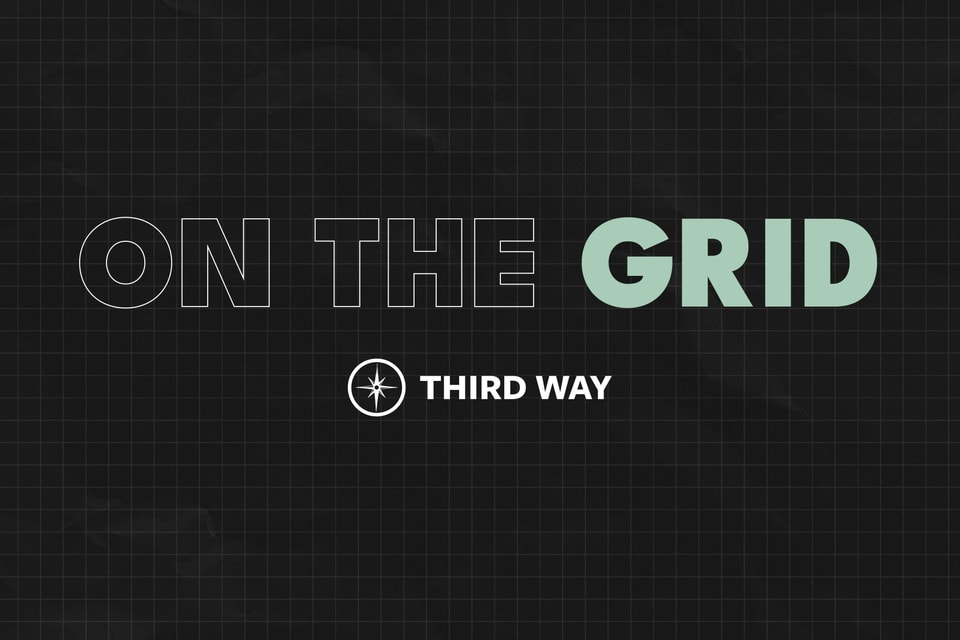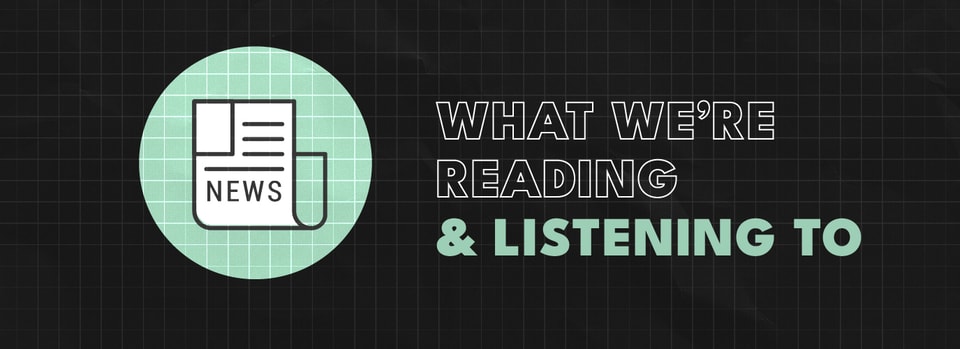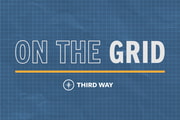Newsletter Published October 27, 2023 · 5 minute read
On the Grid: A New Outlook on Clean Energy 10/27/23
Mary Sagatelova

Click HERE to subscribe to this weekly newsletter.
After three weeks without a Speaker–and with many key government proceedings at a standstill as a result–House Republicans rallied behind their fourth and final choice–Congressman Mike Johnson.
We’ve got some serious reservations about Speaker-Elect Johnson, the most glaring of which is his dismal track record on climate change and his disregard for established science, including evolution. Perpetuating climate denial not only risks stalling progress on clean energy but also diminishes America's standing as a leader in the global arena. As Jake Sullivan noted in Foreign Affairs this week, any country that wants to hold a credible position in the world must take climate change seriously–accepting the scientific consensus of which is the bare minimum.
Johnson appears to lack commitment to clean energy innovation and deployment, a true prerequisite for success in the modern economy. The timing of his election could not be more at odds with another major announcement this week: the release of the influential International Energy Agency’s newest Energy Outlook Report.
To get a better understanding of the report and its implications for decision-makers, I sat down with Shane Londagin, Third Way’s Policy Advisor for Innovation, to discuss the details. With a background in electricity and grid management, Shane offers a unique perspective that bridges the gap between the reports’ technical data and practical application for policymakers to leverage in deploying clean technology.
Here’s the scoop from our conversation.

Let’s start simple–what is the International Energy Agency’s (IEA) World Energy Outlook Report?
“The World Energy Outlook (WEO) is the IEA’s flagship publication, providing extensive research, analysis, and data on the global energy landscape that helps member countries make informed decisions to strengthen their energy security. This is easily the most widely read report in our industry, and while not perfect, it is authoritative, influential, and, in the lead-up to COP28 in December, timely.”
What’s the topline on the report?
“For the first time, the report factors in legislation like the Bipartisan Infrastructure Law and the Inflation Reduction Act, providing a glimpse into their ensuing benefits. The results are strikingly positive: electric vehicle sales, for example, are projected to be 13 times higher in WEO-2023 than they were just two years ago in WEO-2021. Similar improvements are made in low-emissions hydrogen production, solar PV, and wind.
Two years ago, the IEA noted that to hit net-zero, 50% of all emissions reductions would need to come from technologies that had not reached full-scale commercialization yet. Their updated report shows that number dropped to 35%, highlighting the impact that global investment in energy research and development can have.
This is encouraging news, but it still shows that a considerable portion of the technology we need for deep decarbonization is absent from the market. This is an opportunity for the US to step up its leadership in clean energy innovation, but we’ll need to make substantial and sustained investments to do it. We’re talking far beyond one-off big bills like BIL and IRA. Over the coming year, our team will be working to identify some of the remaining policy hurdles for BIL and IRA implementation and the steps needed to build on this historic legislation.”
How have recent geopolitical events influenced the report?
“The IEA's report rightly has a significant focus on China, and the authors have highlighted a real shift in the country’s role in the global energy market. Chinese energy demand is expected to peak in the middle of the decade as the country’s economy begins to slow down, largely thanks to an aging population. As a major source of carbon pollution, a slowdown in China’s energy demand is good news for global emissions targets.
China is also rapidly working to solidify its control over various clean energy supply chains by increasing its domestic production, particularly for petrochemical production to make clean technologies like lithium-ion batteries and solar panels. As the US builds out its own domestic capacity and works to recapture major market shares, it’s important to keep an eye on trends emerging from China.”
What aspect of this report is flying under the radar?
“Despite the outsized focus on investments, the report also touches on the non-cost barriers standing in the way of deployment. Supply chain constraints emerge as the biggest hurdles facing clean energy deployment, narrowly beating out regulatory barriers and skilled workforce scarcity. This finding underscores the imperative to broaden our focus beyond just the financial risk associated with clean energy, which has substantially been mitigated, and pivot towards addressing the regulatory and non-cost risks, which have been largely ignored over the last 20 years.”

- Jake Sullivan in Foreign Affairs, highlights shifts in global politics and emphasizes the need for the US to update its policies and alliances to strengthen sectors critical to national security and reduce dependence on unpredictable markets.
- Heather Boushey, Chief Economist for the Invest in America Cabinet in the White House, highlights how clean energy job growth and record investment in clean power is bolstering the economy.
- Akshat Rathi, on Zero: The Climate Race, interviews Fatih Birol, head of the IEA and discusses the organization’s transformation and how its newly shifted priorities have cemented its role in the energy transition.

